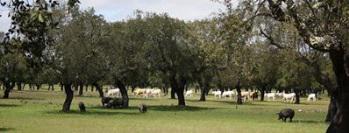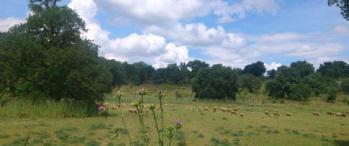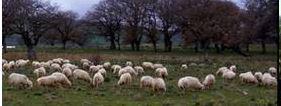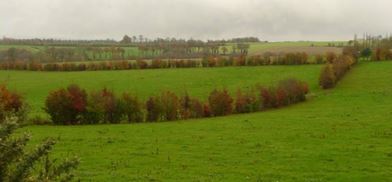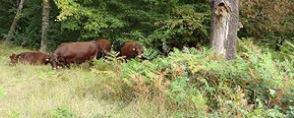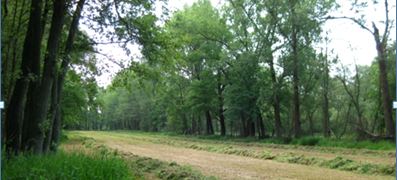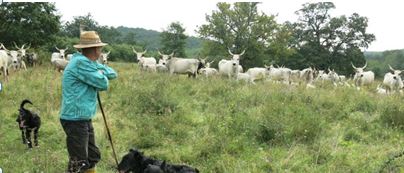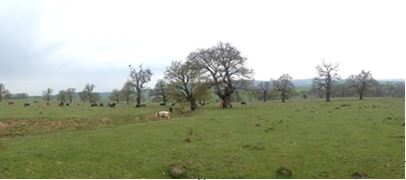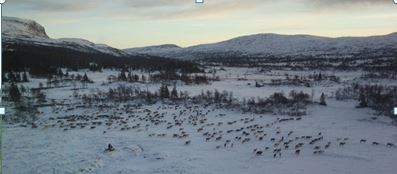
Work-package 2 focuses on improving the resilience of existing agroforestry systems of high nature and cultural value. Such systems are typically semi-natural agro-silvopastoral systems where cultivation and/or grazing have been practised. Prominent examples include the Dehesa and Montado systems in Spain and Portugal, grazed oak woodlands in Sardinia and the Valonia oak systems in Greece. Agroforestry systems of high natural and cultural value in Northern and Eastern Europe include parklands in the UK, and wood pastures of Scandinavia, Germany and Romania. Within this group we have also included the “bocage” or hedgerow agroforestry system of Brittany in North West France.
The detailed objectives were:
- To identify examples of existing best practice, the key challenges, and possible innovations to address those challenges, within a Participatory Research and Development Network (PRDN) based on 10 stakeholder groups associated with agroforestry systems of high nature and cultural value (HNCV) agroforestry (e.g. grazed forests, semi-open pastures, wood pastures, bocage) in the main agro-climatic regions of Europe.(See the HNCV agroforestry groups here)
- To describe and explain the key inputs, outputs, and ecosystem service flows, for selected high nature and cultural value agroforestry systems (in relation to WP6 and WP7). (See report here)
- To agree, within the PDRN, key innovations or improvements in measurement which are expected to improve the resilience and reinforce the ecosystem services of HNCV agroforestry systems in Europe.(See report here)
- To agree and implement, with the PDRN, an experimental protocol (see report here) to develop and test the proposed innovations at existing experimental facilities and through on-farm experiments, and to then analyse and interpret the results, with close involvement of the PDRN (see initial report here). A final deliverable describing the lessons learnt across the PDRN and a report describing some of the dissemination activity is available here.
- To provide and promote guidelines on how farmers can improve the resilience of extensive agroforestry systems in Europe (see report with innovation leaflets here).
Farmer Research Groups
-
Deheasa, Spain
-
Montado and Mosaic Systems, Portugal
-
Valonia oak silvopastoral systems, Greece
-
Grazed oak woodlands in Sardinia, Italy
-
Bocage agroforestry in Brittany, France
-
Wood pasture and parkland, UK
-
Agroforestry in the Spreewald flood plain, Germany
-
Wood pasture, Hungary
-
Wood pasture, Romania
-
Wood pasture and reindeer, Sweden

